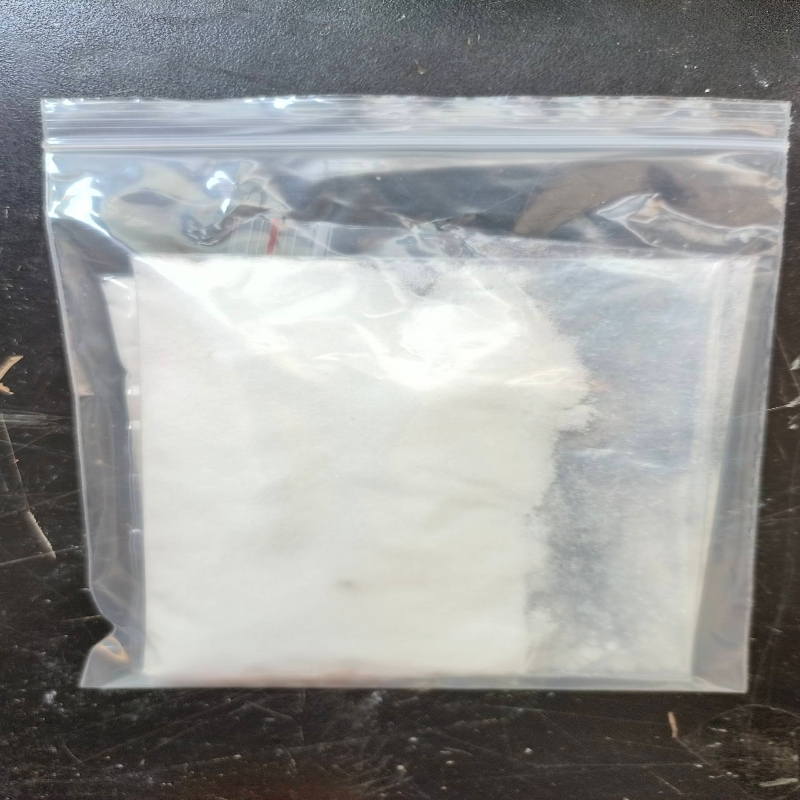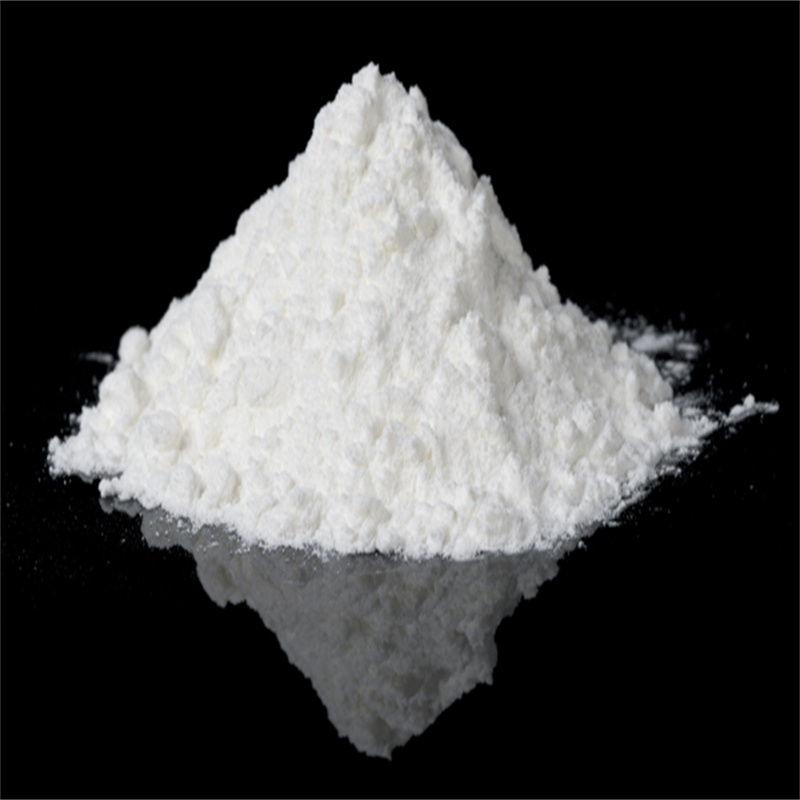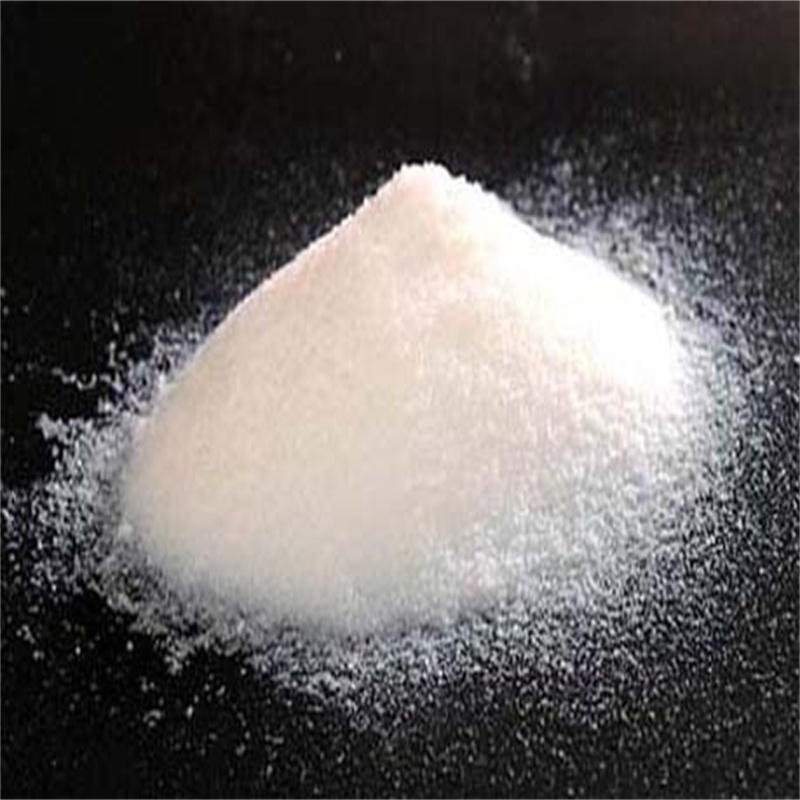-
Categories
-
Pharmaceutical Intermediates
-
Active Pharmaceutical Ingredients
-
Food Additives
- Industrial Coatings
- Agrochemicals
- Dyes and Pigments
- Surfactant
- Flavors and Fragrances
- Chemical Reagents
- Catalyst and Auxiliary
- Natural Products
- Inorganic Chemistry
-
Organic Chemistry
-
Biochemical Engineering
- Analytical Chemistry
-
Cosmetic Ingredient
- Water Treatment Chemical
-
Pharmaceutical Intermediates
Promotion
ECHEMI Mall
Wholesale
Weekly Price
Exhibition
News
-
Trade Service
Since the new century, China's titanium industry has made great progress. China's annual production of sponge titanium jumped from 23,000 tonnes at the start of this century to more than 70,000 tonnes, accounting for a third of global production, while annual production of titanium dioxide has grown from 300,000 tonnes at the start of the century to nearly 3m tonnes, accounting for 45 per cent of global production. With the rapid increase in downstream production, China's demand for titanium raw materials has also increased rapidly
. At present, China's annual consumption of titanium raw materials accounted for more than 45% of the world's total demand, coupled with the mentioned sponge titanium production accounted for one-third of the world, titanium dioxide production accounted for 45% of the world, it can be said that China has become the world's most important component of the titanium industry. The development of China's titanium market will have an important impact on the global titanium industry.
-term internal development is the long-term factor in terms of external influences
some believe that changes in the international trading environment over the past year have led to a slowdown in the Chinese market. But the author thinks that the impact of Sino-US trade friction on the market is overestimated by some people. China's exports of titanium and titanium dioxide to the United States account for only 1.6% of total output, and the dependence is not high. In 2018, strained trade frictions between the two countries not only did not affect exports to the U.S., but prompted U.S. customers to increase their purchases of Chinese titanium dioxide, more than double the amount exported to the U.S. for the whole of 2018 compared with previous years. From a long-term perspective, if the Sino-US trade friction escalates, the development of China's titanium dioxide market is more favorable. China is building a chlorinated titanium dioxide plant. From the product structure point of view, China's exports to the United States are mainly sulfuric acid titanium dioxide, imports are mainly chlorinated titanium white powder. If tariff barriers arise, China can easily digest the annual exports to the United States of 45,000 tons of titanium sulfate, and exclude the annual imports from the United States 40,000 tons of chlorinated titanium dioxide, for China's new chlorinated titanium dioxide plant to make room for the development of domestic chlorinated titanium dioxide. Export markets, including the U.S., will continue to grow at a high rate in 2018. By contrast, slower growth in the domestic market is a more important issue.
, some new policies and market changes have been affecting China's titanium industry. In the face of these effects, Chinese companies are also making adjustments. The biggest factor affecting the market in recent years has been the pressure from environmental policies. Since 2016, the Chinese government has stepped up environmental inspections and stopped tolerating illegal emissions. This makes it necessary for enterprises to increase investment in environmentally friendly equipment. For some small and medium-sized enterprises, the financial threshold to improve environmental protection equipment beyond the affordability of enterprises, resulting in some small and medium-sized enterprises to stop production, exit the market. In addition, some companies have limited capacity to dispose of waste, and in order to ensure compliance with emissions, they have to reduce production to match waste production to processing capacity. To reduce waste production, some companies have also opted for higher-quality raw materials, but this has also pushed up their production costs. Overseas investment and process improvement are important means to solve the future supply of raw materials
China's titanium industry in the process of rapid development has also emerged some problems. First of all, the domestic titanium ore production growth is relatively slow, resulting in a gradual increase in dependence on imported ore. China's titanium self-se ratio peaked at 67% in 2014, but has now fallen back to 58%. Secondly, the increase in demand for imported titanium ore has been accompanied by fluctuations in some major import source countries, resulting in some downstream enterprises not have a stable supply of raw materials, which has had an impact on production. The instability of raw material supply has a negative impact on the quality and production cost of titanium dioxide enterprises. In addition, the quality of imported titanium ore has been declining in recent years. Among them, the decline in TiO2 content has led to a decrease in the productivity of titanium dioxide enterprises, while also bringing more waste production. After 2016, China's environmental requirements have increased significantly, and the increase in waste has put enormous pressure on titanium dioxide companies, which in some areas have cut production or temporarily shut down due to emissions problems. The decrease of TiO2 content is usually accompanied by the increase of impurity element content, which also leads to the downstream product quality is affected. Downstream enterprises need to invest more in production to eliminate the impact.
with the rapid increase in Demand for titanium raw materials in China, more and more companies are investing in mines overseas. At present, Africa is the most concentrated investment of Chinese enterprises, Australia is also a non-ideal place to invest, there are some more ideal titanium projects around Paz is under development. We would also like to see more successful cases of cooperation with Chinese companies and win-win results. In China, due to the huge demand caused by future chlorination projects, some enterprises are developing new technologies to enable more low-quality titanium ore to be treated to meet the requirements of the production of chlorinated titanium dioxide, thereby increasing the value of low-quality titanium ore. If such technology is successfully industrialised, it will solve China's raw material dilemma. So far, China's demand for titanium raw materials to titanium sulfate-based, but the future growth point into chlorinated titanium ore, redstone and other raw materials. China's domestic titanium ore composition can not be used as raw material for chlorination, almost all rely on imports, which is China's efforts to develop new technologies to change the applicability of titanium ore. Until new technologies emerge, China's huge demand for chlorinated raw materials in the future is bound to push up prices further.







